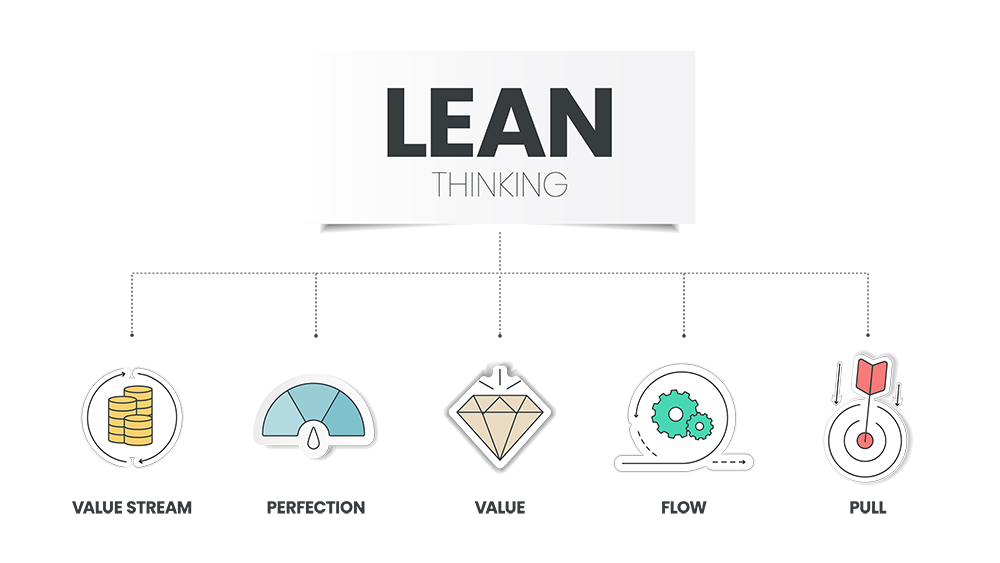Value Streams: Why Are They Important?

Value streams are powerful tools that reveal where value is generated in your organization and what teams, processes, and systems are used to produce those values.
Even though it’s usually mentioned in the context of agile transformation, value streams provide value to your organization regardless of where you are on your agile transformation journey. You may be in the beginning stages of adopting agile and probably still have some project management processes running in the waterfall methodology. You may have embarked on a more ambitious journey to move from projects to products, or you may be planning to go through that journey. The benefits of value streams are visible no matter where you are in your agile transformation journey.
The Benefits of Value Streams
The benefits of identifying your value streams can be summarized in these five points:
- Identify and eliminate waste in your business processes.
- Better allocate human resources.
- Improve cross-team collaboration.
- Allocate funding more effectively.
- Manage Work in Progress (WIP) queues more effectively.
The Methodology
“How do you identify your organization’s value streams?”
It’s often the first question asked when proposing value streams. Finding the answer may require some inward research to identify the purpose of the organization’s existence in the first place. It could be as simple as identifying the products and services that the organization offers its clients and customers.
Follow these steps:
- Step 1: Account for the basic products and services that your organization offers its customers. These customers can be internal or external. This will identify your operational value streams (OVS).
- Step 2: Identify the stages or process steps involved in each OVS.
- Step 3: For each of those stages, identify the systems involved.
- Step 4: Next, identify the people who use those systems.
- Step 5: Then, identify all the development value streams (DVS) that support the OVSs.
- Step 6: Finally, identify the people involved in your DVSs.
The Approach
One thing to keep in mind while going through these transformations, including the value stream exercise, is to realize this is a TRANSFORMATION journey, not an OPTIMIZATION journey. Everyone in your organization should understand this is not some kind of business process optimization exercise. It is transformative.
How fast should you move through this value stream journey? Your organization should move at the speed of its employees, NOT at the speed of its agile experts. To go through this exercise successfully, you need the cooperation of a lot of people in the organization and they need to see the results soon after the mapping exercise to buy into the process. Otherwise, you may find resistance which eventually may cause the initiative to collapse.
Next Steps
After you’ve identified your value streams, both operational and developmental, you should start seeing gaps, bottlenecks and opportunities to increase flow and minimize WIP in each stream step. Also, once your organization is ready to leave behind the old model of funding projects, you may want to start funding your value streams to leverage the power of lean budgeting.
Related Journeys
A value stream journey may be done under the title of agile transformation. Under that umbrella, there are many initiatives that your organization may need to consider. These related initiatives are:
- Moving from Waterfall methodology to Agile
- Moving from projects to products
- Changing your funding model from funding projects to funding value streams
- Moving from bringing people to work (assembling teams around projects) to bringing work to people (who are already formed around your products)
Contributing Author: Ayman Sokkarie